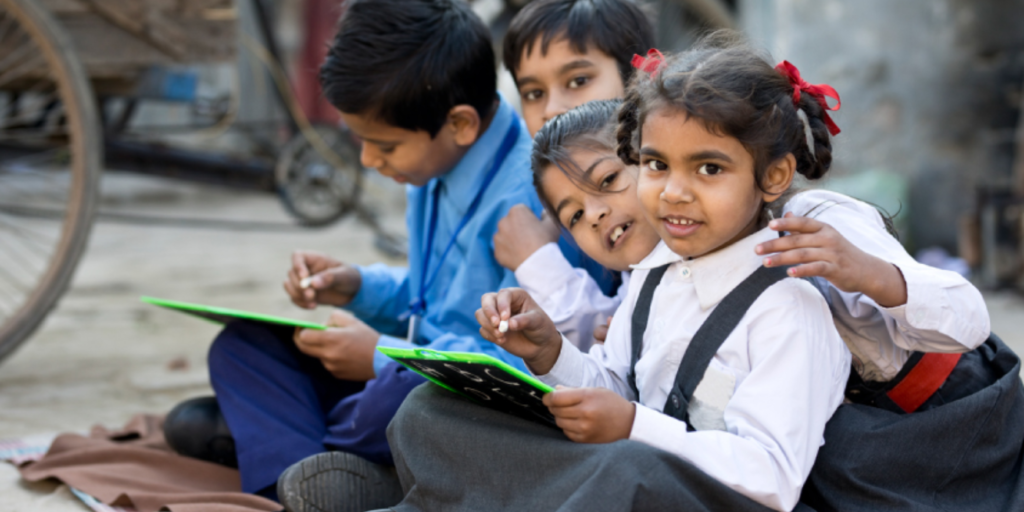Autism is a neurodevelopmental disorder that affects a person’s ability to communicate, socialize, and engage in typical activities. Special education methods are often used to support children with autism and help them develop the skills they need to thrive. Here are a few common special education methods used for children with autism:
Applied Behavior Analysis (ABA): ABA is a technique that uses positive reinforcement to teach new skills and behaviors. This method breaks down complex behaviors into smaller steps and rewards the child for achieving each step.
Picture Exchange Communication System (PECS): PECS is a method that uses visual aids, such as pictures or symbols, to help children with autism communicate. This method teaches the child to associate pictures with specific items or actions, and then use the pictures to communicate their needs or desires.
Social Stories: Social stories are short stories that teach social skills and appropriate behavior. These stories can help children with autism understand how to interact with others and navigate social situations.
Visual Supports: Visual supports can include things like schedules, checklists, or visual prompts to help children with autism understand and follow routines or complete tasks.
Sensory Integration Therapy: Sensory integration therapy is a method that helps children with autism regulate their sensory experiences. This therapy can help children who are sensitive to certain sensory inputs, such as loud noises or bright lights, to better manage their reactions.
These are just a few examples of special education methods used for children with autism. Each child is unique, so it’s important to work with an experienced educator or therapist to develop a plan that meets their individual needs.

